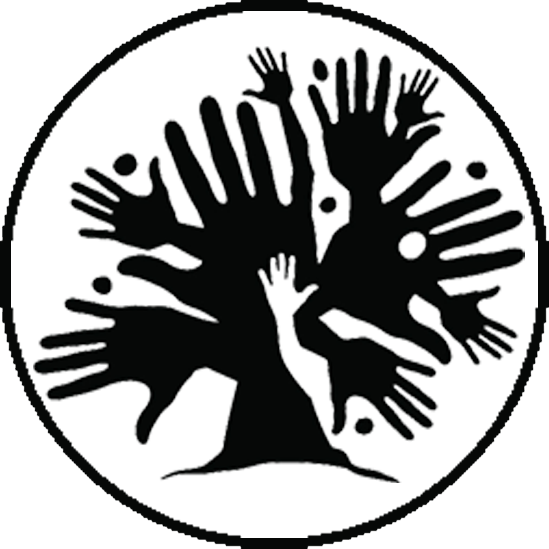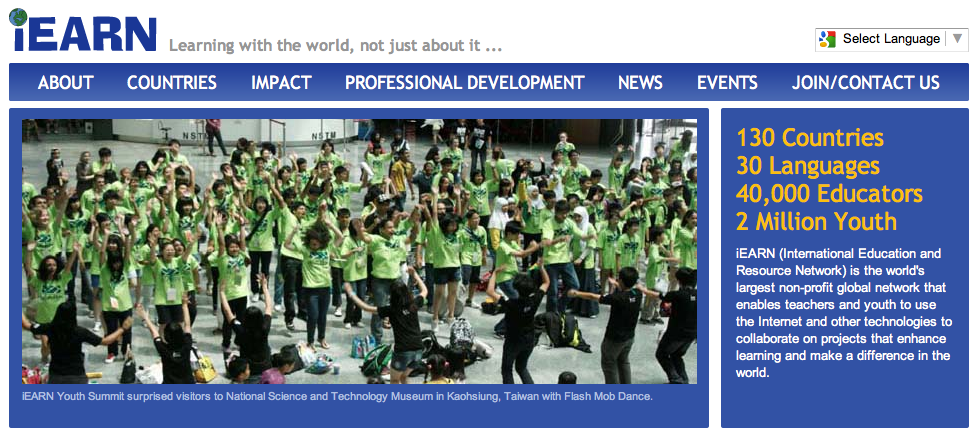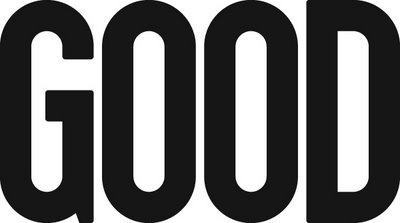Evidensia helps you access and interpret credible research on the sustainability impacts of supply chain initiatives and tools, including standards and certification.
A Manual for a New Era of Direct Action
GlobalGiving
Volunteer World
Conservation Jobs - Jobs, Courses, Events and More
The Global Ecovillage Network (GEN)
Environmental Justice Organizations, Liability, and Trade (EJOLT)
Millenium Alliance for Humanity and the Biosphere (MAHB)
Foster, fuel and inspire a global dialogue on the interconnectedness of activities causing environmental degradation and social inequity;
Create and implement strategies for shifting human cultures and institutions towards sustainable practices and an equitable and satisfying future."
Stanford's MAHB is a nascent global network of social scientists, humanists, and scholars in related fields whose collective knowledge can be harnessed to support global civil society in shifting human cultures and institutions toward sustainable practices and an equitable and satisfying future.
In this site you will find a network of natural and social scientists ("associates") and institutions ("nodes") that collectively construct an inter-disciplinary vision of what sustainability might look like: economic systems that depend on agility and equity without depending on growth, social systems that recognize the limits of our ecosystems, energy and resource infrastructure, and governance: a world where most people can meet their basic needs while enjoying a high quality of life.
This is also a platform where associates and nodes can share resources, connect with one another, post events and coordinate efforts.
Screenshot of MAHB library topics
Cosmovisión
Organización basada en Guatemala que crea obras originales de temas sociales y ambientales. La misión de Cosmovision es la comunicación social para transformar la realidad consolidando el respeto a los derechos de los pueblos y el respeto a la naturaleza. Para este proposito se utiliza educacion popular, entretenimiento, investigación social, y producción de materiales educativos con la participacion de los actores en el proceso de creación.
Guatemalan organization that produces original works with environmental and social themes. Cosmovisión's mission is to transform reality through social communication, consolidating respect for nature and people's rights. To do this, they use popular education, entertainement, social investigation, and production of educational materials that have been created through participatory approaches.
Defensa y conservación de los Manglares de Tulate, Retalhuleu Guatemala. Realizado por Sergio Lopez.
Center for Biodiversity and Conservation (CBC)
The Center for Biodiversity and Conservation’s (CBC) mission is to mitigate critical threats to global biological and cultural diversity by: advancing scientific research in diverse ecosystems; strengthening the application of science to conservation practice and public policy; developing professional, institutional, and community capacity. The CBC currently works in the NY metropolitan area, the Bahamas, Solomon Islands, Mainland Southeast Asia, and the Southwestern Research Station in the Chiricahua Mountains of Southeastern Arizona.
Annual Science Symposia
The CBC holds an annual symposium designed to foster interdisciplinary discussion of cutting-edge issues in biodiversity research and conservation.
Symposia topics cover a wide range of conservation issues impacting numerous sciences. Access them to learn more about topics including: biodiversity science and policy, the extinction process, the value of biodiversity to human health, conservation challenges in the face of climate change, the impact of urban sprawl on biodiversity, the role of recent technological advances in conserving genetic diversity, and much more. Video and audio podcasts, posters, and presentations are available.
Downloadable Publications
General Interest
- Protecting Nature
- Life in the Leaf Litter (English / Spanish)
- A Seasonal Guide to New York City's Invertebrates
- Kid's Guide to the Birds of Central Park
- Living With Nature: Cooking for Biodiversity
- Healthy Eating for You and the Planet: Select Seasonally
- Healthy Eating for You and the Planet: Avoiding Pesticides in Produce
- Living With Biodiversity Series
- Guidelines for the Ecotraveler
- Biodiversity in Crisis
Policymakers
Educators
International Education and Resource Network (iEARN)
iEARN is a non-profit organization made up of over 30,000 schools and youth organizations in more than 130 countries. iEARN empowers teachers and young people to work together online using the Internet and other new communications technologies. Over 2,000,000 students each day are engaged in collaborative project work worldwide. Since 1988, iEARN has pioneered on-line school linkages to enable students to engage in meaningful educational projects with peers in their countries and around the world. Particularly notable is iEARN's Collaboration Center, with over 40,000 teachers and 2 million students participating and collaborating in 200+ Forums in 30 languages!
iEARN Project: Youth Communicating and Networking (YouthCaN)
YouthCaN is a Youth-run organization that uses technology to inspire, connect, and educate people worldwide about environmental issues. Through a network of conferences, activities and events, YouthCaN unites environmentally active youth to exchange ideas about the environment and empower others to make a difference in their own communities. Through the Internet, YouthCaNers around the globe (and their teachers) exchange ideas through the YouthCaN Discussion Forum. Best of all, anyone can Join! (The vagueness of the word “Youth” allows for anyone who feels youthful to feel welcome, regardless of age) Live YouthCaN events take place each April around the world, including in Lebanon, Oman, Pakistan, Senegal, and the USA. The NYC, USA event takes place at the American Museum of Natural History.
Opening ceremony at the YouthCaN 2008 World Conference about water issues (Image Credit: Francisco Laso)
International Society for Ecological Economics (ISEE)
ISEE is a not-for-profit, member-governed, organization dedicated to advancing understanding of the relationships among ecological, social, and economic systems for the mutual well-being of nature and people.
Ecological Economics Journal
The journal is concerned with extending and integrating the study and management of “nature's household” (ecology) and “humankind's household” (economics). This integration is necessary because conceptual and professional isolation have led to economic and environmental policies which are mutually destructive rather than reinforcing in the long term. The journal is transdisciplinary in spirit and methodologically open.
GOOD Magazine
GOOD is an integrated media platform that promotes, connects, and reports on the individuals, businesses, and non-profits who want to live well and do good. Good produces a website, a quarterly magazine, and online video content covering a variety of topics, including the environment, education, urban planning, design, food, politics, culture, and health. GOOD's mission is to provide content, experiences, and utilities to serve this community. Launched in September 2006, the company has garnered praise for its unique editorial perspective and fresh visual aesthetic and is quickly positioning itself as a significant new voice in our culture.
What should be the role of the United States' prison system? GOOD's Alex Gorosh explores the issue, in verse. Listen closely.
Cradle to Cradle (C2C)
Image credit: Michelle Kaufmann/C2C MBDC
Cradle to Cradle (2002) by McDonough and Braungart
Cradle to Cradle (as opposed to Cradle to Grave) was written by Michael Braungart, a chemist, and William McDonough, an arquitect. It presents a biomimetic approach to the design of systems and a concept that is often referred to as the next industrial revolution.
We see a world of abundance, not limits. In the midst of a great deal of talk about reducing the human ecological footprint, we offer a different vision. What if humans designed products and systems that celebrate an abundance of human creativity, culture, and productivity? That are so intelligent and safe, our species leaves an ecological footprint to delight in, not lament?
C2C models human industry on nature's processes in which materials are viewed as nutrients endlessly circulating in healthy, safe metabolisms. The authors make the distinction between two distinct systems involved in the manufacture of any product: the technical metabolism, and the biological metabolism. By keeping these two systems separate in the design of a product or project we can design for multiple lifetimes of a product, using what would ussually be considered waste product as nutrients for the manufacture of a new product.
C2C suggests that industry must protect and enrich ecosystems and nature's biological metabolism while also maintaining safe, productive technical metabolism for the high-quality use and circulation of organic and synthetic materials. Put simply, it is a holistic economic, industrial and social framework that seeks to create systems that are not just efficient but waste-free by design. The model in its broadest sense is not limited to industrial design and manufacturing; it can be applied to many different aspects of human civilization such as urban environments, buildings, economics and social systems. This book should be required reading for all architects, engineers, urban planners, policy-makers, designers, businessmen, or simply anyone alive in the 21st century.
Our concept of eco-effectiveness means working on the right things--on the right products and services and systems--instead of making the wrong things less bad.
For a quick (20 min) introduction to C2C, watch William McDonough's fantastic TED presentation about the wisdom of Cradle to Cradle Design.
Waste = Food (Documentary) by Rob van Hattum
Cradle to Cradle design begins with the premise that waste is merely a human-made concept, and need not exist at all. Waste, economically seen, has no value, and it is antieconomic to produce something with no value. McDonough and Braungart show how industrial waste can become food that same industry. The film shows how Braungart and Mcdonough's "intelligent product system," utilizing completely non-toxic and sustainable production methods, has been adapted by major corporations, visiting a Swiss textile factory, a German clothing manufacturer, the Nike shoe headquarters, a U.S. furniture manufacturer, the Ford Motor Company, and a government housing project in China. The manufacturers discuss the concept of "eco-effectiveness," designing for eco-safety as well as cost efficiency, in their respective industries. An amazing story that will definitely make you see differently the way we make things.
Citation
McDonough and Braungart 2002, Cradle to Cradle: Remaking the Way we Make Things. North Point Press. NY.

























